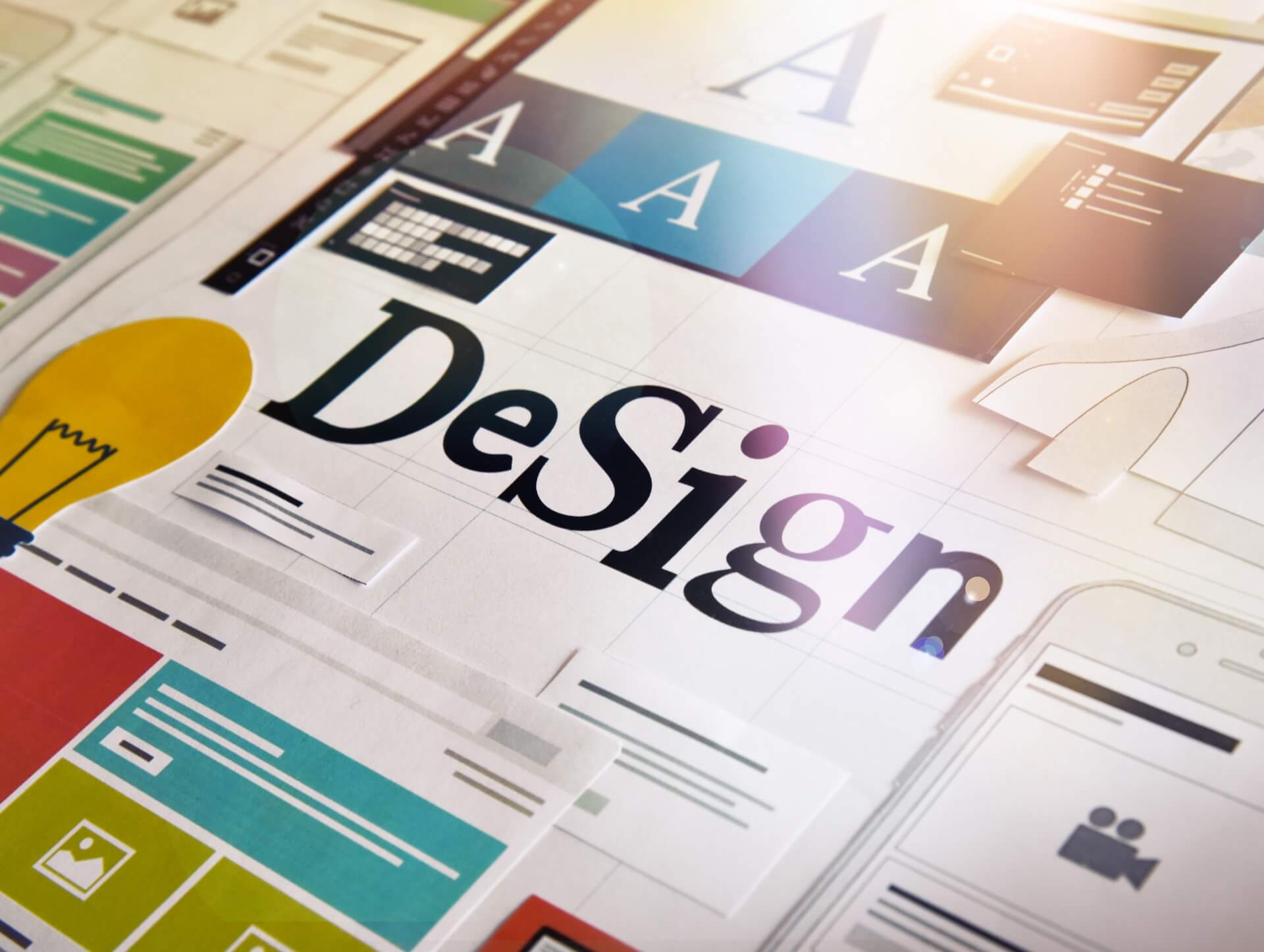The influence of brand archetypes in visual identity design

06/09/2023
Visual identity design plays a crucial role in establishing a brand's presence and creating a lasting impression on its target audience. It involves the creation of a consistent visual language that represents the brand's values, personality, and offerings. One aspect that greatly influences the visual identity design is the brand archetype. Brand archetypes are a set of universally recognized character types that help define and differentiate brands. In this article, we will explore the influence of brand archetypes in visual identity design and how they contribute to the overall brand experience.
Understanding Brand Archetypes
Brand archetypes are derived from the concept of archetypes in psychology, which are universal symbols or patterns that resonate with the human subconscious. In the context of brands, archetypes help create a distinct personality and emotional connection with the audience. There are various brand archetypes, including the Hero, the Explorer, the Sage, the Lover, the Magician, and many more. Each archetype has its unique characteristics and represents different values and aspirations.
Impact of Brand Archetypes on Visual Identity Design
When it comes to visual identity design, brand archetypes play a vital role in shaping the overall look and feel of a brand. Let's explore how different archetypes influence the design process.
The Hero Archetype
The Hero archetype represents strength, bravery, and a desire to overcome challenges. Brands embodying this archetype often have a bold and powerful visual identity. The use of strong typography, vibrant colors, and dynamic imagery can effectively communicate the brand's heroic qualities. Visual elements like shields, swords, and emblems can also be incorporated to reinforce the Hero archetype.
The Explorer Archetype
The Explorer archetype is associated with curiosity, adventure, and a thirst for discovery. Brands with this archetype often have a visual identity that reflects exploration and freedom. The use of natural colors, organic shapes, and imagery related to travel and exploration can help create a sense of wanderlust. Typography that evokes a sense of exploration and discovery, such as handwritten or vintage-inspired fonts, can also be used.
The Sage Archetype
The Sage archetype represents wisdom, knowledge, and a desire for understanding. Brands embodying this archetype often have a visual identity that exudes simplicity, elegance, and sophistication. The use of clean lines, minimalistic designs, and a muted color palette can effectively communicate the brand's intellectual and wise qualities. Typography that is clear, elegant, and timeless can also be incorporated.
The Lover Archetype
The Lover archetype is associated with passion, sensuality, and emotional connection. Brands embodying this archetype often have a visual identity that evokes desire and intimacy. The use of warm and rich colors, soft and sensual shapes, and imagery that represents love and connection can effectively communicate the brand's passionate qualities. Typography that is elegant, flowing, and expressive can also be used.
Benefits of Using Brand Archetypes in Visual Identity Design
Integrating brand archetypes into visual identity design offers several benefits for businesses. Let's explore some of the key advantages:
Creating Brand Consistency
By aligning the visual identity design with a specific brand archetype, businesses can create a consistent brand experience across different touchpoints. Consistency is crucial for building brand recognition and establishing a strong brand presence in the market.
Enhancing Brand Differentiation
Brand archetypes help differentiate a brand from its competitors by creating a unique personality and visual language. This differentiation is essential in a crowded marketplace where brands are constantly vying for attention and relevance.
Building Emotional Connections
Visual identity design influenced by brand archetypes can evoke specific emotions and create a deeper connection with the target audience. Emotions play a significant role in shaping consumer behavior, and brands that can tap into the emotional aspect can build stronger and more meaningful relationships with their customers.
Communicating Brand Values
Brand archetypes act as a powerful tool for communicating brand values and aspirations. By aligning the visual identity design with the desired archetype, brands can effectively convey their core beliefs and principles to their audience.
Conclusion
Visual identity design is a critical component of brand building, and brand archetypes offer a valuable framework for creating a compelling and memorable visual language. By understanding the characteristics and values associated with different archetypes, businesses can create visual identities that effectively communicate their unique personalities and differentiate themselves in the market. When used strategically, brand archetypes can significantly impact the success of a brand's visual identity design and contribute to its overall brand experience.
Contact us

Spanning 8 cities worldwide and with partners in 100 more, we’re your local yet global agency.
Fancy a coffee, virtual or physical? It’s on us – let’s connect!

